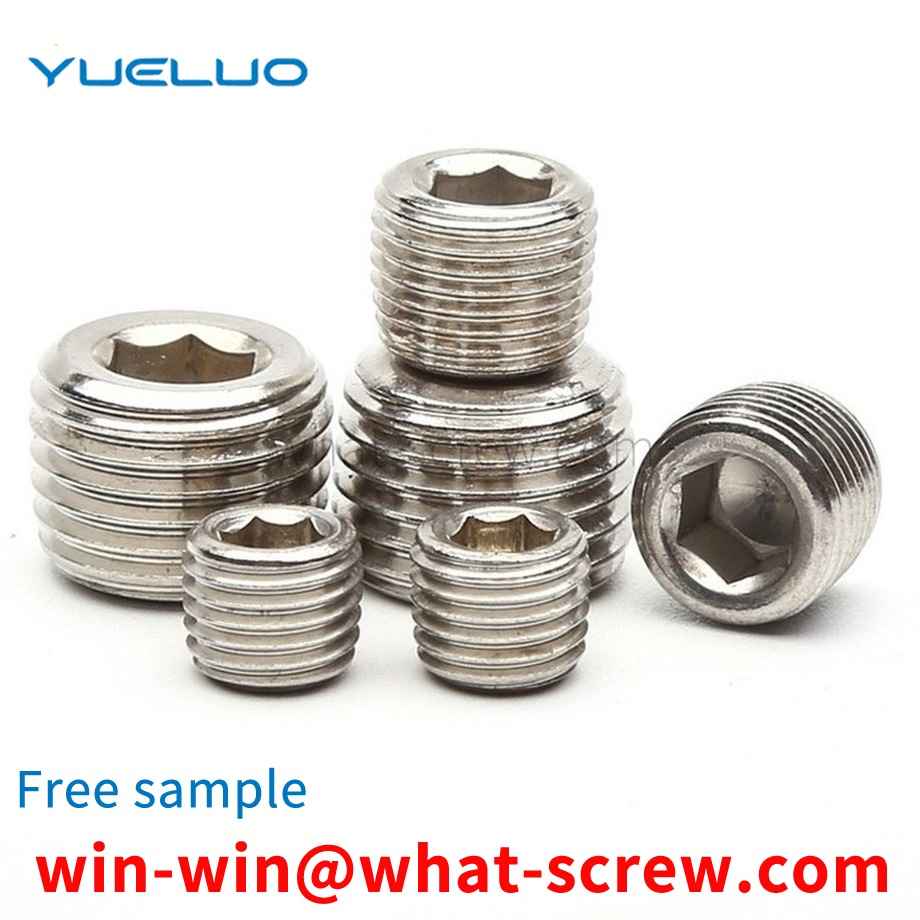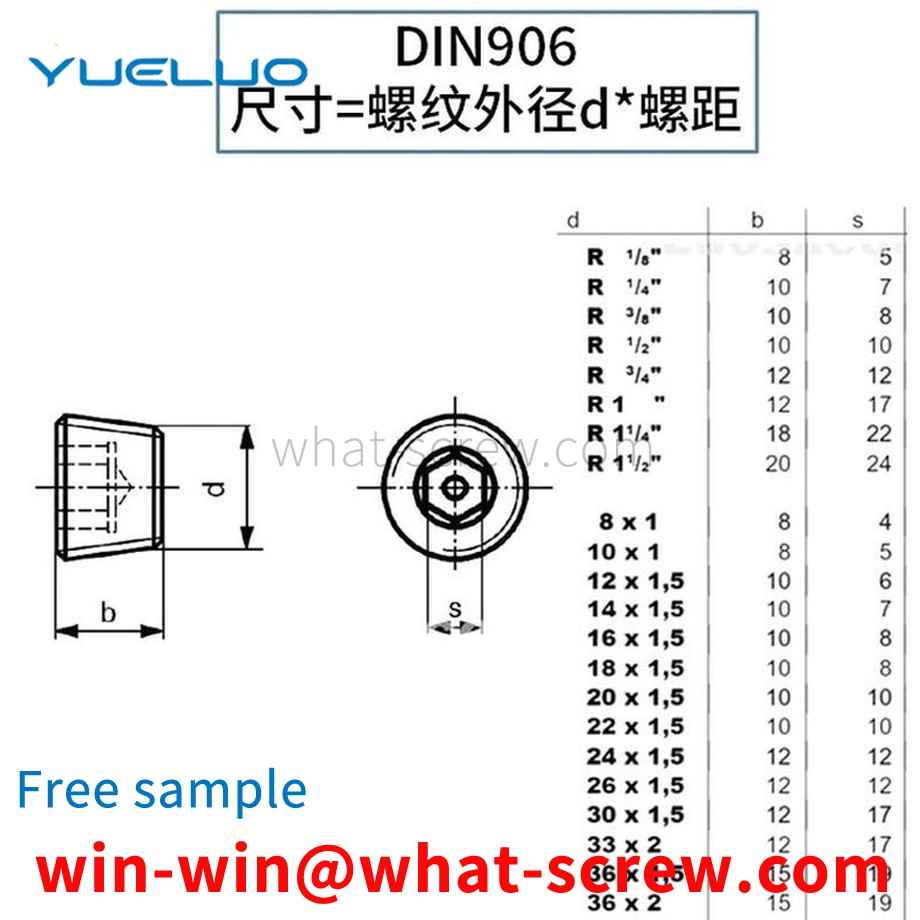Specification Model Screw Specification Model Example: 4 X 10 PW AHC (+) ① ② ③ ④ ⑤ ⑥ ⑦ ① Screw Diameter ② Screw Length ③ Screw Head Type B: Spherical Cylindrical; C: Cylindrical; F (K): Countersunk ; H: Hexagon head; HW: Hexagon head with washer; O: Half countersunk head; P: Plain head; R: Half head; PW: Plain head with washer; T: Large flat head; V: Mushroom head;
A screw belt structure, especially a screw belt that can position the screws on the screw belt, so that the screws do not swing, so that the screws can be stably aligned with the points where the screws are to be screwed, and the screw fixation of the screws is facilitated. In its overall implementation and use, the innovative design of the screw belt structure increases the practical function characteristics.
Standard screw is one of the fasteners commonly used for fastening and assembly. Standard screws and flat washers, grade A, and standard spring washers, are used in combination, and are widely used in the assembly of various products. For manufacturers who use combination screws in small and medium batches, the process of combining screws, spring washers and flat washers generally adopts the method of assembling screws by workers' bare hands. This method is tedious and repetitive, wastes human resources, is time-consuming and labor-intensive, and it is difficult to ensure the normal operation of the workshop. assembly progress. The screw assembly machines currently on the market can replace manual assembly screws, but this type of equipment has disadvantages such as bulky size, high cost, complex structure, inconvenient non-standard manufacturing and maintenance, high noise, and power consumption.
④ Screw tooth type A: Self-tapping sharp tail (Japanese standard type 1) sparse AB: Self-tapping sharp tail (Japanese standard type 4) dense; B: Self-tapping flat tail (Japanese standard type 2) sparse; C: Self-tapping Tapping flat tail (the third type of Japanese standard) dense; P: double wire teeth Type triangle teeth CCT: C type triangle teeth PTT: P type triangle teeth STT: S type triangle teeth
In actual use, the rivet rod body 3-2 is passed through the riveting plate 6 and the riveting plate 7, and the rivet dome head 3-1 is placed in the mold cavity 1-1, and the cover mold 2 is driven by the riveting machine to impact the rivet rod body 3-2. Because the center of the cover mold 2 is provided with a cavity 2-1 that matches the shape of the rivet dome 3-3, the end of the rivet rod 3-2 will form the rivet dome 3-3. However, due to the rivet When the riveting machine is impacted and vibrated, a large amount of oxide slag 4 will be generated, and the oxide slag 4 will slide down the surface of the cavity 1-1 to the bottom of the cavity 1-1 and accumulate. At this time, the temperature of the rivet is very high and the plasticity is very good. The hardness is extremely low and it is easy to form. Therefore, the accumulated oxide slag 4 squeezes the surface of the rivet dome 3-1 and the bottom surface of the cavity 1-1 to form pits, and causes wear on the bottom surface of the cavity, not only It affects the riveting quality, riveting strength and appearance quality of the rivet, and also affects the quality of the rivet die, resulting in economic losses.
We have many years of experience in the production and sales of screws, nuts, flat washers, etc. The main products are: decorative black, machine thread small screws, BSW American screws, pure titanium screw cap nuts and other products, we can provide you with suitable fastening products piece solution.



















 Service Hotline
Service Hotline




